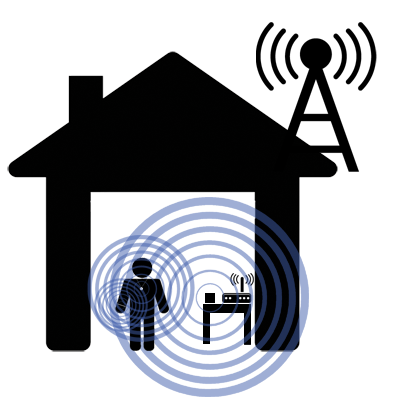The health consequences of the 5G radiation are being debated, but one study has suggested a link between RF radiation and the development of cancers in male rats. The study was classified up until it was declassified on the 12th of December 2012 by the Central Intelligence Agency, but it shows that radiofrequency can trigger cancerous growth in animal, which includes humans. Researchers exposed male rats to radiofrequency for a period of 15 days. They discovered that they developed the similar types of cancers humans do.
The health effects of 5G radiation
Although the rapid growth of wireless communication is causing the development of 5G technology however, there is a growing concern regarding the health effects of radiation from 5G. Although higher frequencies do not penetrate the body as deeply as older technologies, scientists have identified potential health effects that are systemic and have called for further research. To ensure that the population is protected to protect the population, there is a need for the European Commission is requesting independent studies to determine whether the technology poses any health risks.
It is important to note that there's a large amount of misunderstanding about the health effects of 5G, and it is crucial to clear any doubts that remain. While the technology is not yet widely used but there are a lot of people who are being warned that it might cause health problems typically through social networks where sensational language is used.
Beamforming technique
Beamforming is one of the most crucial technologies used in five-G networks. 5g towers radiation is a method of operation which makes use of multiple radiating elements to create a narrow beam. The aim of beamforming is to minimize the amount of unwanted radiation in the signal that results. This technique is commonly employed in wireless communication systems, and is vital to 5G's cost-effective coverage.
This method is based on electronic weighting of the individual signals of each antenna. This creates a narrow beam of radiation that improves cell coverage indoors and at the cell's edges. This is crucial as poor coverage can lead to poor user satisfaction. Apart from increasing the signal quality, beamforming helps reduce the amount of interference a user encounters from other devices.
Power density
The power density of 5G radiation from cellphone towers is comparable to that of previous generations of 3G and 4G systems. The reason for the lower power is the sensitivity of electronic components. The maximum radiation output for a 2G handset was about 2 Watts, whereas that of a 4G handset was about 200 milliwatts.

The power density is how much electromagnetic energy is absorbed by the body from a particular distance. Power density for radiation 5g is typically expressed in Watts per square meters. In Visit this page to the SAR measurement, power density is a measurement of the quantity of electromagnetic energy that can be found in the space. 5g radiation symptoms for power density can be different for mobile devices and wearables depending on their operating frequency and distance.
Specific absorption
A Specific Absorption Rate (SAR) is an measurement that determines the speed at which a particular frequency depositions power in human tissues. In general, a SAR value must not exceed 2 watts per kilogram of body mass. This figure is derived through the electrostatic field that exists in tissues as well as the mass density, measured as kilograms for each cubic meters. The method was recent applied to the proposed antenna design.
The latest radio technology that make up the network 5G work at frequencies below 6 GHz. These frequencies are referred to by the name millimeter wave. However, the FCC's SAR compliance protocol only applies to frequencies up 6-GHz. Additionally to this, the SAR test requires that measurements are conducted with phantoms made of tissue simulating media.
Skin health effects
Currently, we are not aware of the impacts of 5G radiation on the skin. The current knowledge is limited due to the lack of research in-vivo as well as theoretic models. However, there is an urgent need for more research on the impacts of 5G radio frequency radiation on human skin. Utilizing 5G radio frequencies may cause skin damage specifically to the epidermis which is an extremely sensitive organ.

Unlike 4G, 5G radiation is a high frequency which has been proven to cause heat to human tissues. Human bodies are dipolar, so the increased frequency of 5G radio waves could cause heat in the skin. The exposure to radio frequencies from 5G can be detrimental to other organs of the body, such as the brain.
